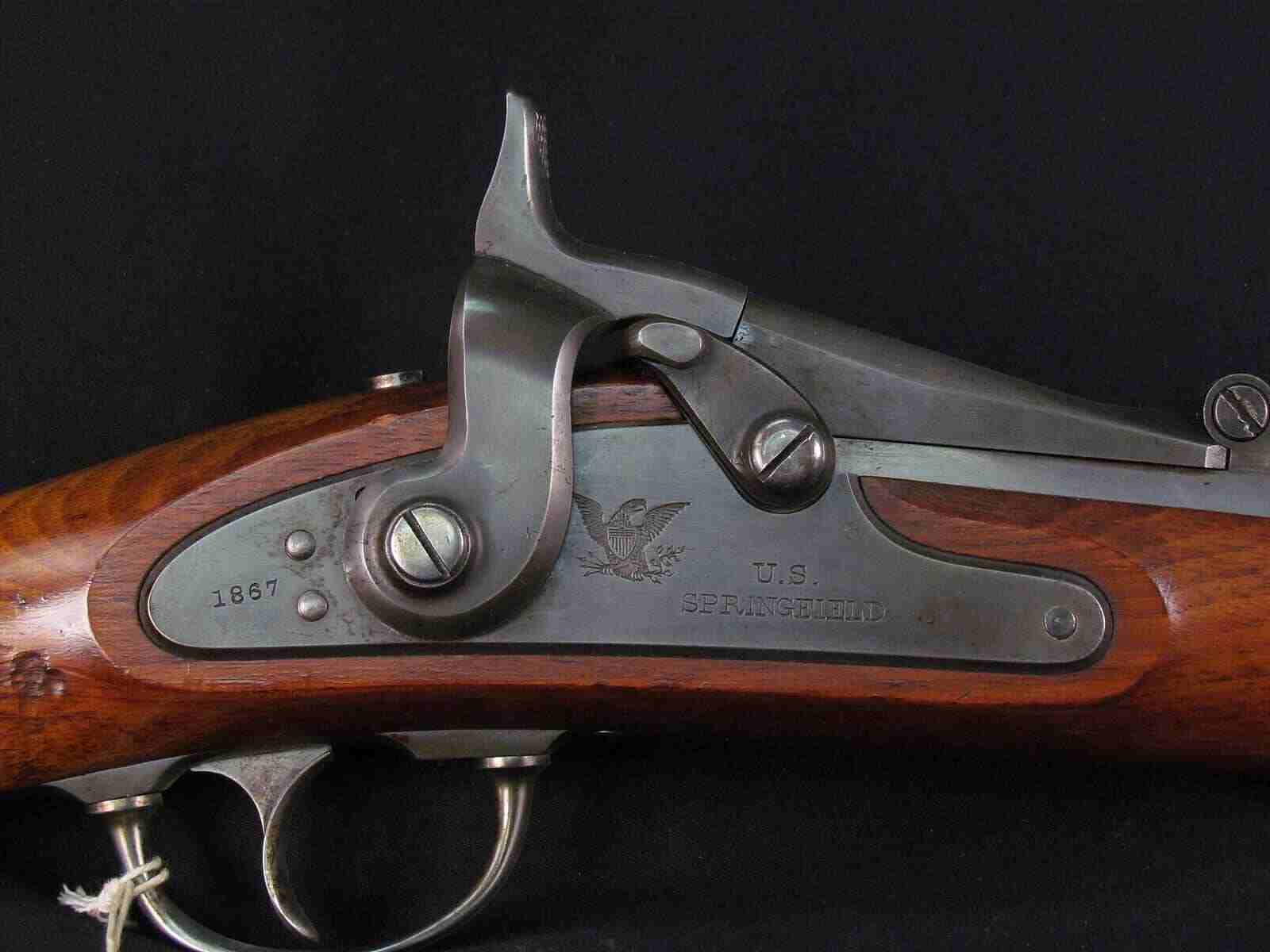Few rifles embody the spirit of American marksmanship and precision craftsmanship like the Winchester Model 1885 High-Wall. Designed by John Moses Browning and introduced by Winchester Repeating Arms in 1885, this falling block, single-shot rifle remains one of the strongest, most accurate, and most admired rifles of all time. With its unparalleled strength, exceptional accuracy,...
The Springfield Model 1861 Rifle-Musket: A Definitive Guide to Its History, Design, and Legacy
The Springfield Model 1861 rifle-musket stands as one of the most iconic firearms of the American Civil War, representing a turning point in military technology and battlefield tactics. Developed at the Springfield Armory in Massachusetts, this rifled musket was the standard infantry weapon for Union soldiers between 1861 and 1865. It was a product of...
Oscar Frederick Mossberg & Sons: A Profound History of American Firearms
Founded in 1919, O.F. Mossberg & Sons, Inc. stands as the oldest family-owned firearms manufacturer in the United States, with a reputation built on affordability, reliability, and innovative firearm design. From its beginnings in New Haven, Connecticut, to its rise as a dominant force in the firearms industry, Mossberg has consistently delivered firearms that cater...
The Henry Rifle: A Revolution in Firearms and its Historical Significance
The Henry Rifle: The Lever-Action Firearm That Revolutionized Warfare and the American Frontier The Henry rifle stands as one of the most revolutionary firearms in history. From its introduction in the early 1860s to its enduring legacy in modern reproductions, the Henry rifle set the stage for lever-action technology that would shape the future of...

